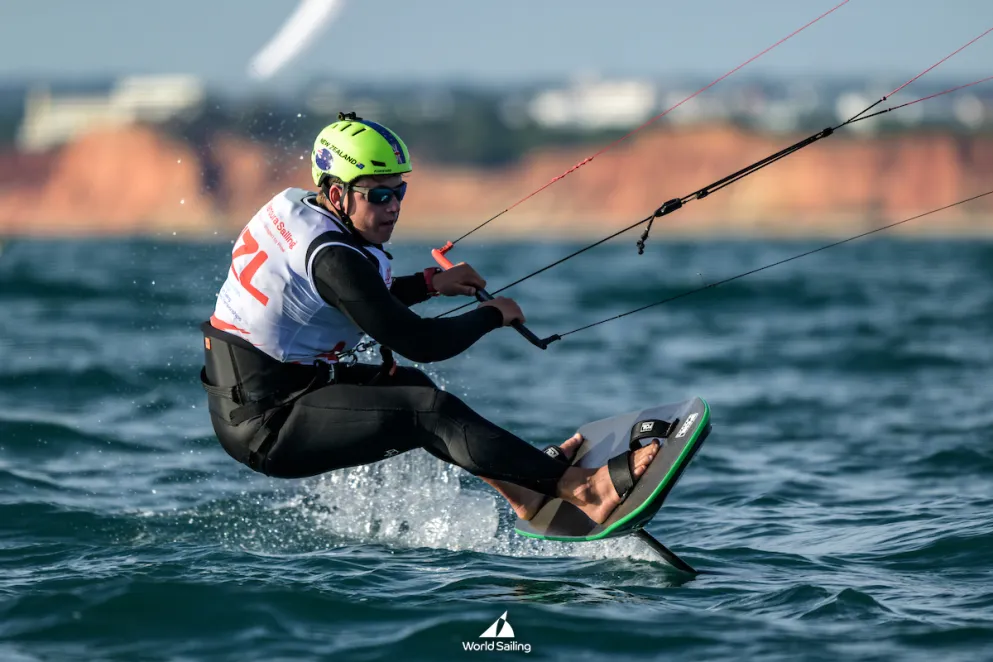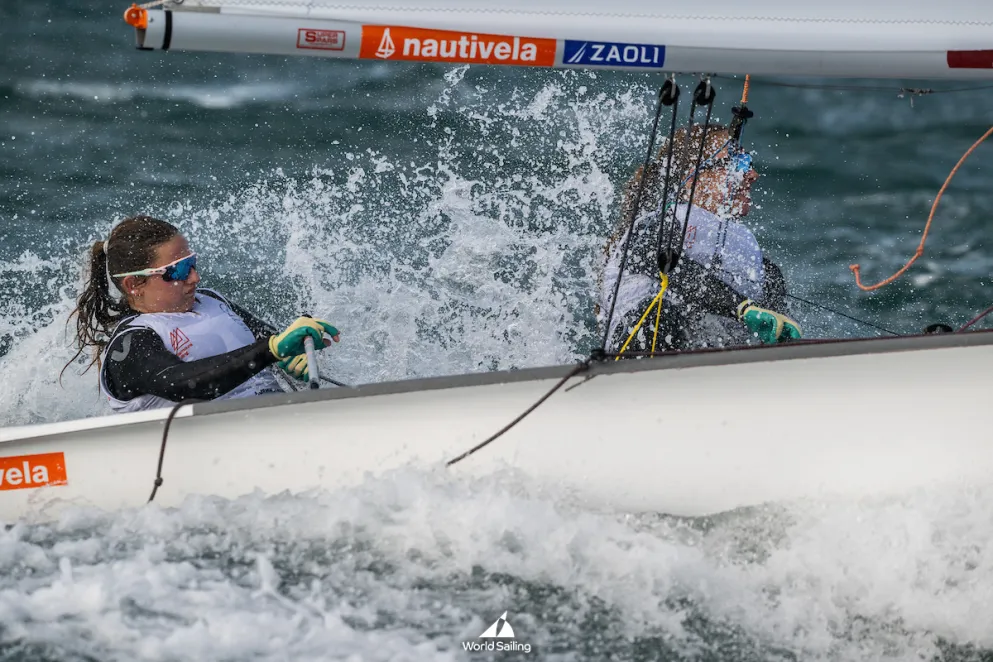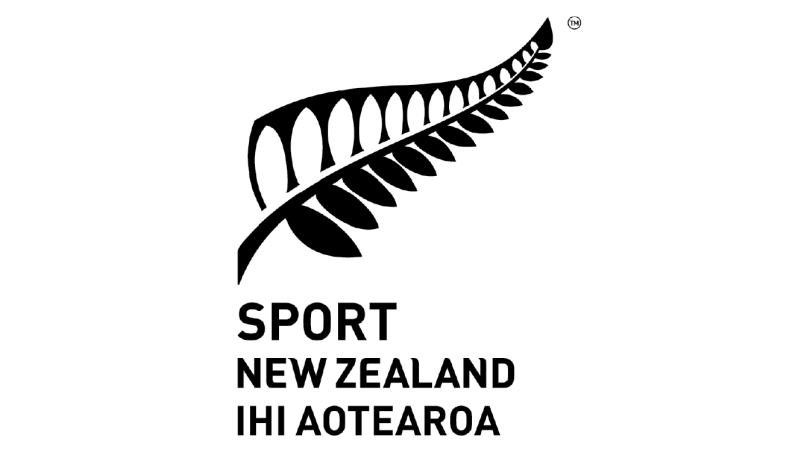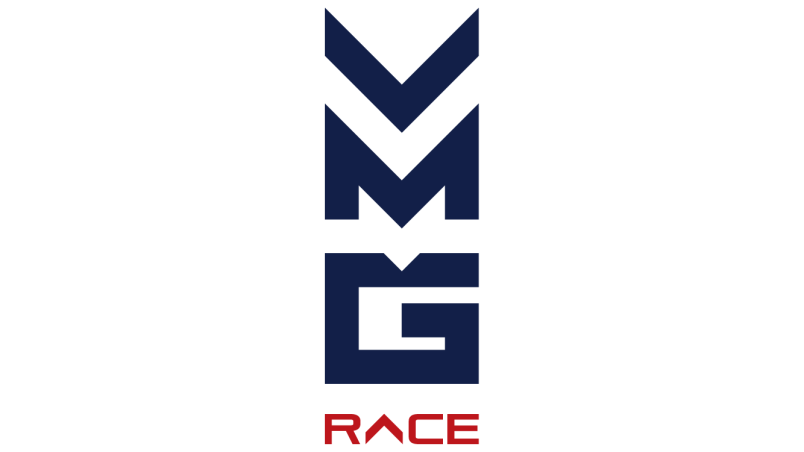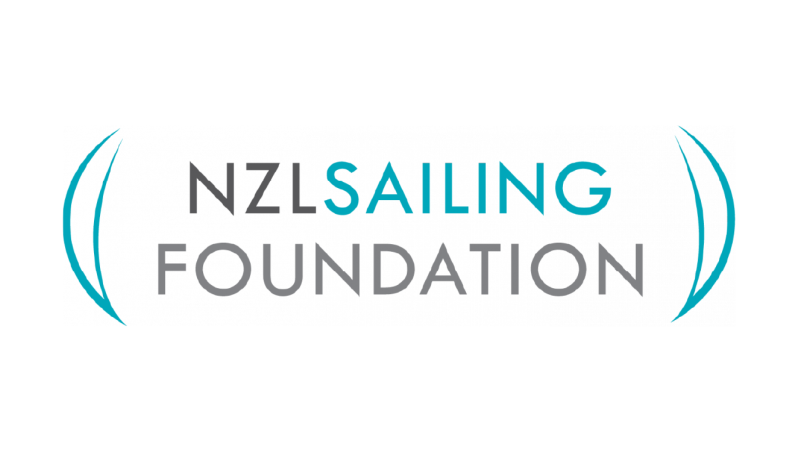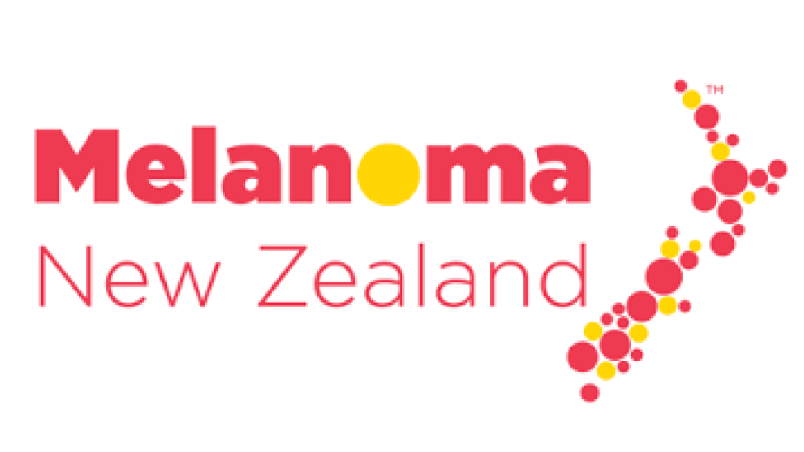60 years of yacht safety inspections
After 60 years of service to the sailors of New Zealand John Lidgard has decided to retire as a yacht inspector.
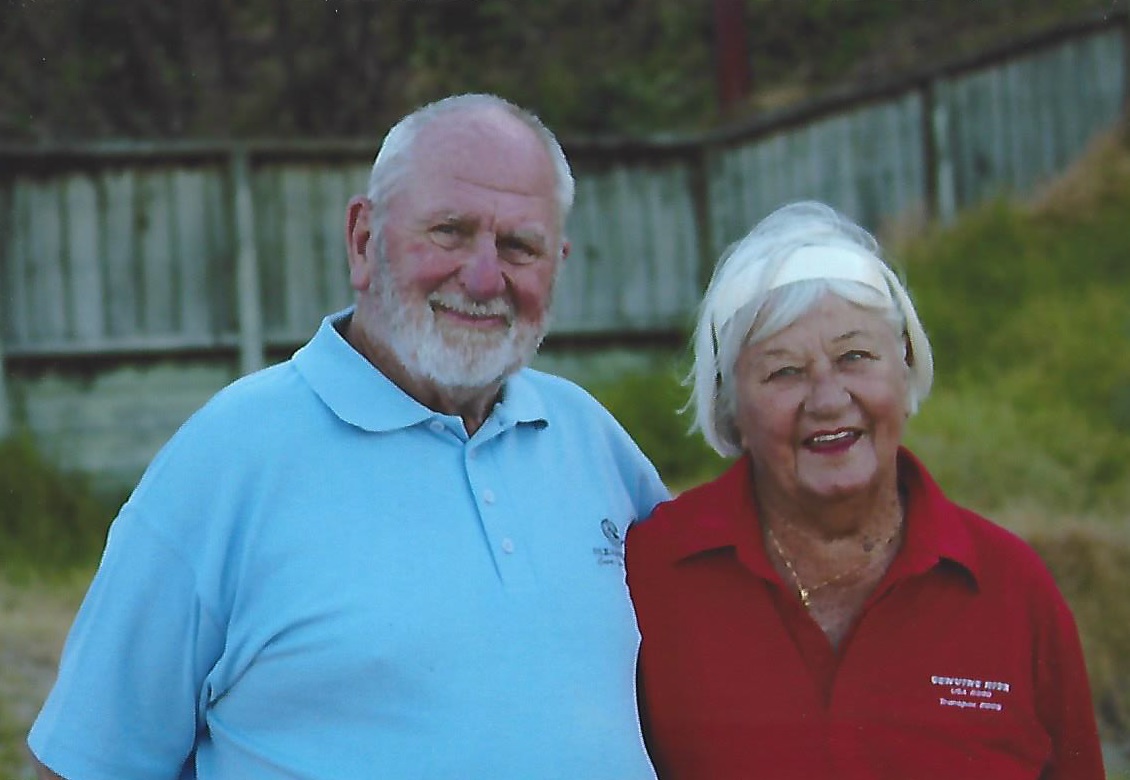
(John and Heather Lidgard)
John and the Lidgard family are well known to many generations of sailors, boat builders, designers, competitors and keen yachties. He was the longest-serving yacht inspector in the country, having filled the role since the introduction of inspections in 1957.
Many boat owners are not aware that safety inspections are a legislated requirement for New Zealand-flagged vessels leaving the country and the 41 yacht inspectors fulfil this requirement across the country. Yacht inspectors also provide inspections for the many club events on the New Zealand coast. John has written a brief history of the service, attached below.
All the very best John.
#
In 1956, Royal Akarana Yacht Club held the first Auckland to Suva race.
There was no specified safety requirement, and equipment by today's standards was laughable.
On Matuku, our 29'6" sloop, we had a plywood dinghy which held three of the five crew members. We may have had kaypoc (chk) lifejackets, no radio transmitters, no engine, no bilge pump, no self-draining cockpit, our navigation lights were self-built, either side of the companionway hatch and powered by torch batteries. We had a kerosene lantern and bucket toilet which we never used.
Thirteen starters met heavy headwinds on the second and third days and most hove-to. Four boats withdrew at this stage: two to Auckland undamaged, Kehua from Whangarei, after 118 hours hove-to, was washed up on a Bay of Plenty beach and Aoma, a Lyttelton H28 ketch was rolled 360 degrees, dismasted and finally made it back to Whangaroa under jury rig after the other nine boats had finished.
Some months after we had returned to New Zealand, RAYC called a meeting of skippers with the then Minister of Marine to discuss safety requirements. In 1957, we had put together a group of inspectors and a list of safety requirements.
I was one of the inspectors. I do not recall the specifics of equipment but I remember that inspections were based mainly on hull construction, were carried out by two inspectors and 10 yeras after the first Fiji race, we all had transmitter radios but life rafts were not yet compulsory.
Gradually over the years, more stringent requirements have been introduced. Cruising boats going overseas had been included. After Sputnik satellite navigation became possible and the test for celestial navigators was dropped.
Emergency position indicator response beacons (EPIRBs) have appeared and become more sophisticated and we can now even have satellite phones.
Theoretically, it should be considerably safer (and less adventurous) to make an ocean passage after 60 years of inspections.

